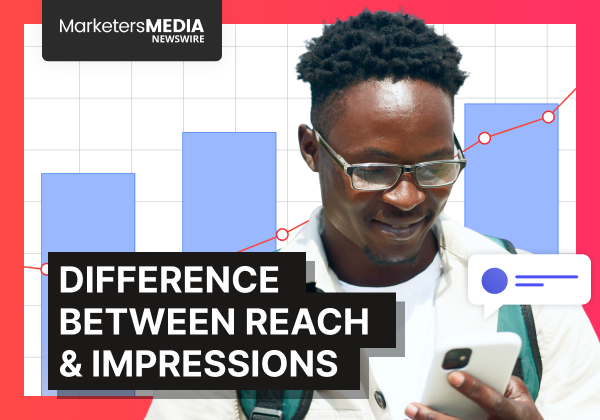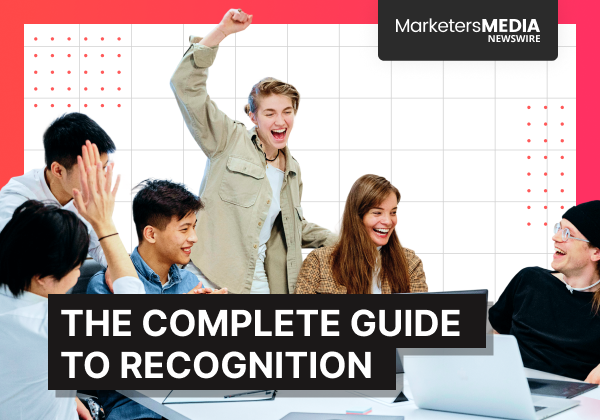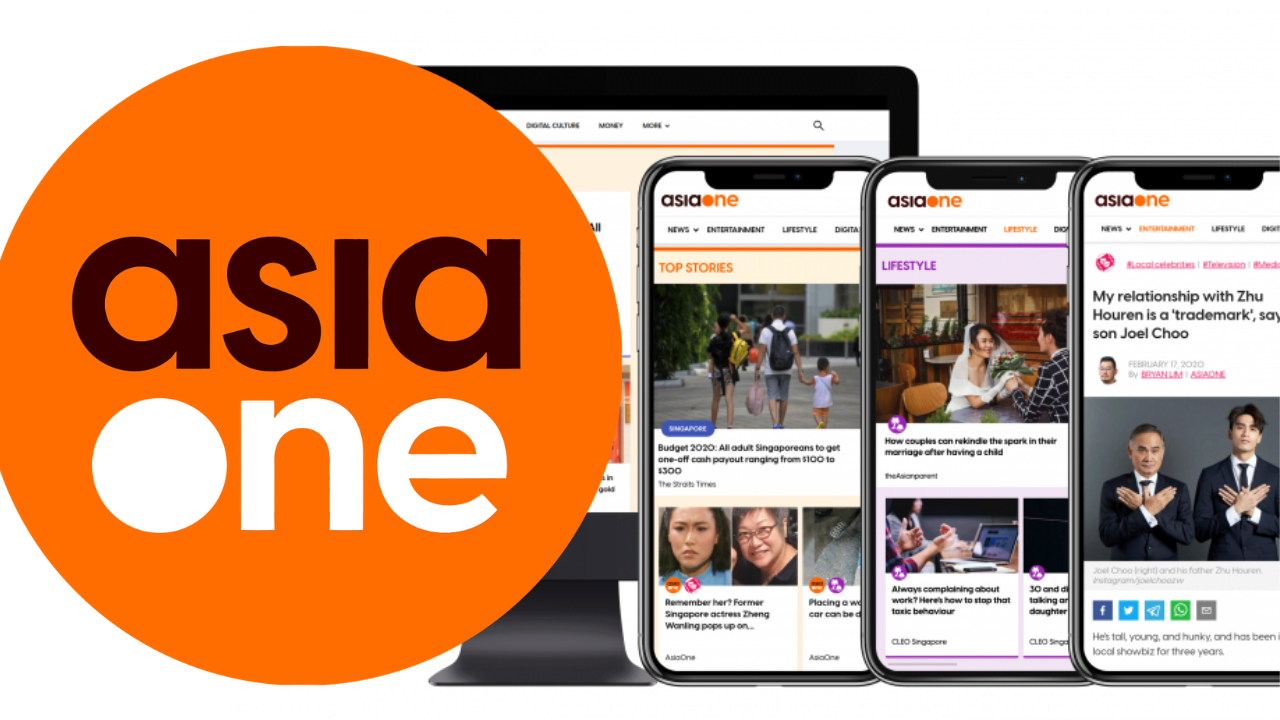Your latest press release pulled in 500,000 impressions. Sounds amazing, right? The team’s excited, the client’s smiling.
But then comes the real question: “What do those numbers actually mean?”
Reach and impressions are part of the picture, but they don’t tell the whole story. In this post, we’ll take a look at what they really measure, when they’re useful, and how to link them to actual ROI.
Defining Reach and Impressions
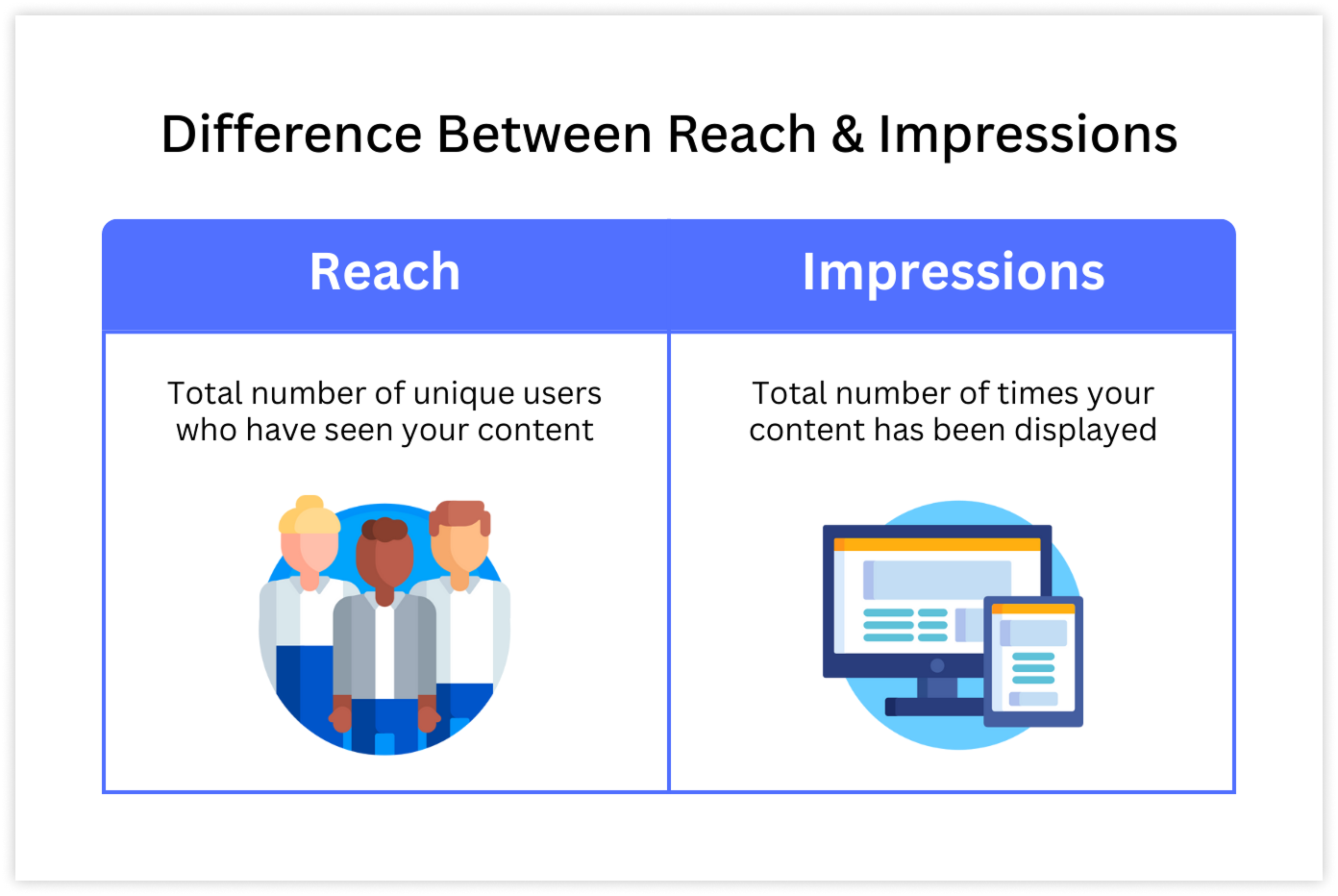
Reach counts the total number of unique individuals exposed to your content. Each person gets counted once, regardless of how many times they see your message. For example, If your press release appears in a publication with 50,000 unique readers, your reach is 50,000.
Impressions measure total content displays. This includes multiple views from the same person. So, if one person sees your social media post three times throughout the day, that generates three impressions but reaches only one person.
Someone on Reddit once explained it using the "Costco Analogy":
- Reach = Shoppers who walk past your sample booth (unique audience exposed)
- Impressions = Total shoppers in the store (total addressable audience)
- Engagement = Shoppers who actually stop and take a sample (meaningful interaction)
🎯 This distinction is important—high impressions does not equal wide audience variety or meaningful interaction. They just indicate potential exposure.
Why These Metrics Matter for Public Relations
The relationship between these metrics reveals campaign performance insights that can be easily overlooked, yet useful for making smart decisions.
High impressions-to-reach ratio means the same people are seeing your content repeatedly. This can signal:
- Compelling content that "sticks"
- Successful message reinforcement
- Potential audience fatigue (if engagement is low)
Low impressions-to-reach ratio indicates wide audience distribution with minimal repetition. This suggests:
- Effective audience expansion
- Possible insufficient message reinforcement
- Need for increased frequency
How Platforms Count Them Differently
One of the biggest challenges with reach and impressions is that every platform defines them differently, making direct comparisons a little bit tricky.
Twitter/X and Instagram
Twitter/X and Instagram counts an impression the moment your content appears in someone’s feed. Users might scroll past without actually seeing it. You could have thousands of "served" impressions, not "viewed" impressions.
Facebook tends to count an impression when your content is actually rendered on-screen. While it’s still not perfect, people can glance past without engaging, making their impression counts more accurate for actual visibility.
LinkedIn adds another layer of confusion by labelling its reach as "unique impressions". That means it’s reporting the number of individual users exposed to your content, not the total number of times it was displayed.
Why Industry Benchmarks Are Important
Raw figures lack meaning without context. Here's what a typical press release performance looks like across sectors:
| Industry | Average Reach | Average Impressions |
|---|---|---|
| E-commerce | 2,000 - 4,000 | 10,000 |
| B2B SaaS | 1,500 - 3,000 | 7,500 |
| Travel & Hospitality | 3,000 - 6,000 | 15,000 |
| Food & Beverage | 1,000 - 2,500 | 5,000 |
A B2B SaaS company hitting 2,500 reach might celebrate success, while a travel brand with identical numbers could signal underperformance.
Context matters—benchmarks ensure that you're comparing results against realistic expectations, not raw counts.
Brand Awareness Campaigns: Prioritize Reach
New product launches need maximum unique exposure. A tech startup introducing innovative software should focus on reaching as many different potential customers as possible rather than repeatedly hitting the same audience.
To get more in-depth about brand awareness, read the article here.
Message Reinforcement: Focus on Impressions
Research shows multiple exposures increase brand recall. If you're trying to shift perception about an established brand, repeated exposure to your core audience often delivers better results than casting a wider net.
The Limits of Reach and Impressions
Reach and impressions measure potential exposure, not actual engagement or business impact. They create what experts call "vanity metric fallacy"—you end up with metrics that look impressive but contribute nothing to business objectives.
The gap between "being seen" and "actively engaging" is massive. An impression counts when content appears on screen, even if users scroll past without a glance.
This disconnect creates an illusion of visibility that misleads stakeholders and wastes budgets.
Building a Measurement Framework
To know if your PR is working, you need to connect those visibility numbers to outcomes that actually matter for the business. That means linking top-of-funnel metrics.
Start with reach and impressions for visibility assessment, then layer on:
Engagement metrics (likes, shares, comments, clicks) show actual audience interaction.
Sentiment analysis reveals how your message resonates emotionally.
Website traffic and conversions prove direct business impact through UTM tracking and conversion attribution.
Share of voice measures competitive positioning in industry conversations.
We’ve covered this in more detail in our guide on how to measure press release success. It's worth a read if you’d like a refresher on connecting metrics to real outcomes.
Connecting Metrics to ROI
Demonstrating PR's financial value requires connecting activities to business outcomes through 3-steps:
- Set measurable objectives linked to business outcomes ("increase brand recognition by 30%" or "drive 10% market share growth")
- Implement comprehensive tracking covering engagement, sentiment, web traffic, and conversions alongside reach/impressions
- Correlate PR activity with business results by plotting campaign milestones against sales data, revenue, or website traffic
Case Study: Real-world Examples
Real-world examples prove this approach works. Some have turned millions of impressions into measurable sales, while others have generated strong returns on investment purely from media coverage.
#1 Sanidoor
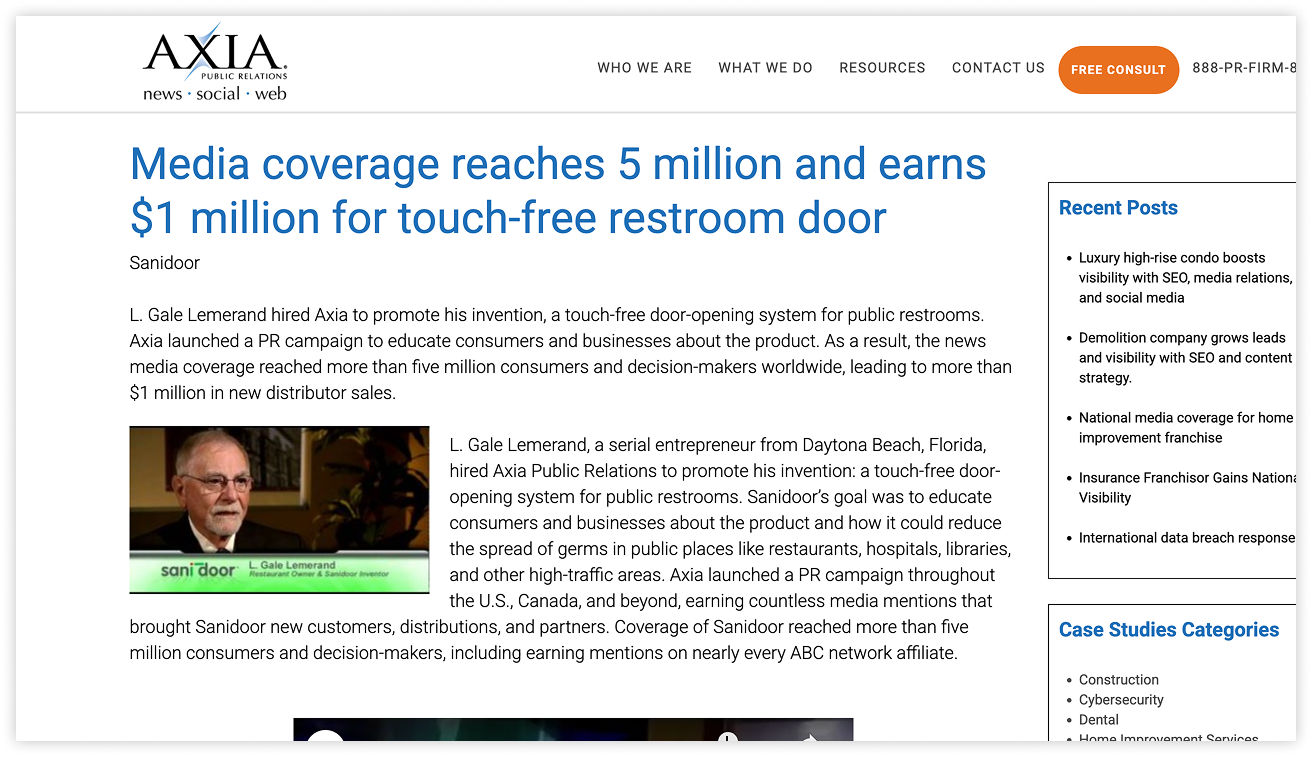
A campaign promoting a touch-free restroom door system generated over five million impressions. The real impact wasn’t in the visibility alone—it translated directly into $1 million in new distributor sales.
This shows how top-of-funnel awareness, when paired with the right message, can drive bottom-line results.
#2 Iceland Foods
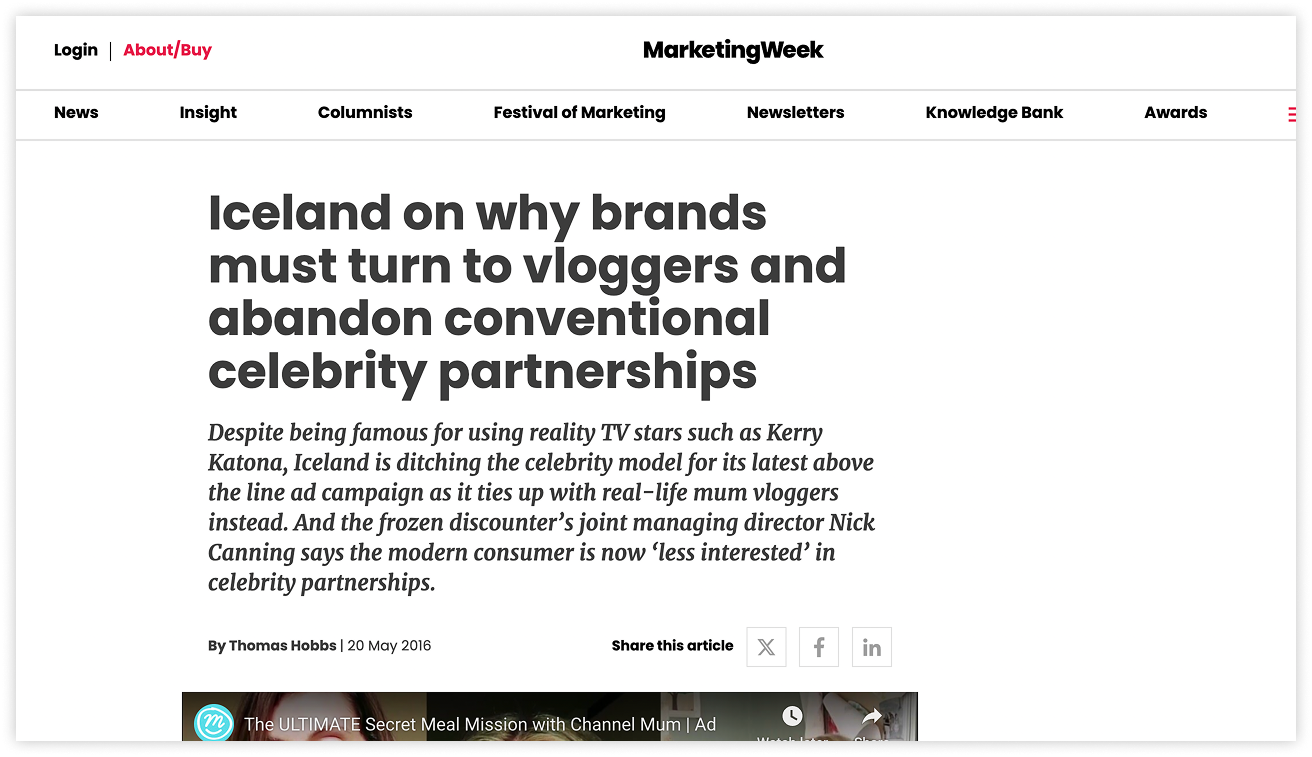
Facing approval ratings as low as 10%, the UK retailer swapped celebrity endorsements for micro-influencers and everyday user content. The campaign lifted approval to 70%, showing how authenticity can rebuild brand trust.
It shows that authentic, relatable voices can drive a dramatic turnaround in brand perception and trust.
#3 Spotify
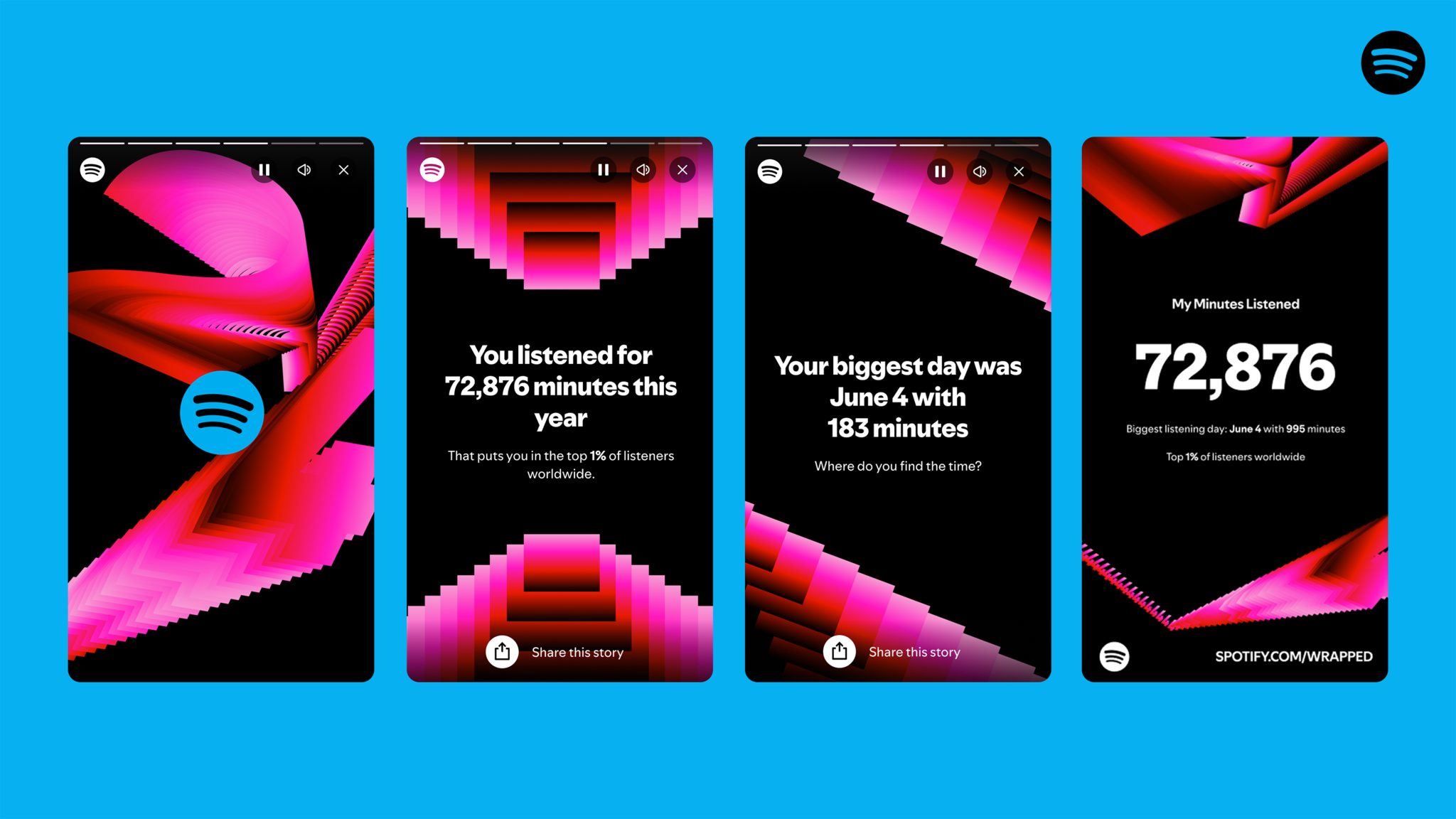
The platform’s yearly “Wrapped” campaign turns user data into shareable recaps, with about 14% of users posting their stats each year. The viral trend drives massive engagement, making it a built-in marketing engine for the brand.
This shows how creative use of data can turn personal insights into something people love to share.
How to Make the Numbers Work Harder
Consider these strategies to get more impact from your campaigns:
Create compelling, newsworthy content with captivating headlines and shareable visuals like infographics. Optimize distribution timing to align with your target audience's consumption patterns.
Use advanced analytics to gain deeper audience insights. Implement UTM parameters on all links to track traffic sources accurately and identify your most valuable channels.
Amplify through social media by tailoring content to each platform, using relevant hashtags, and actively engaging with comments to signal content value to algorithms.
Benchmark continuously against industry standards and historical performance. Conduct A/B testing on headlines and distribution strategies to identify what works best.
Your Next Steps for Better PR Measurement
The future of PR measurement lies in holistic frameworks that combine visibility metrics with engagement, sentiment, and direct business outcomes. This approach moves the conversation from "we got this many views" to "this visibility generated quantifiable business results."
With MarketersMEDIA Newswire, every press release comes with reporting that shows where your news was published. You can release your story, track actual pickups, and refine your strategy based on real results.
Free Press Release Template
Tell us where to send your PDF:
